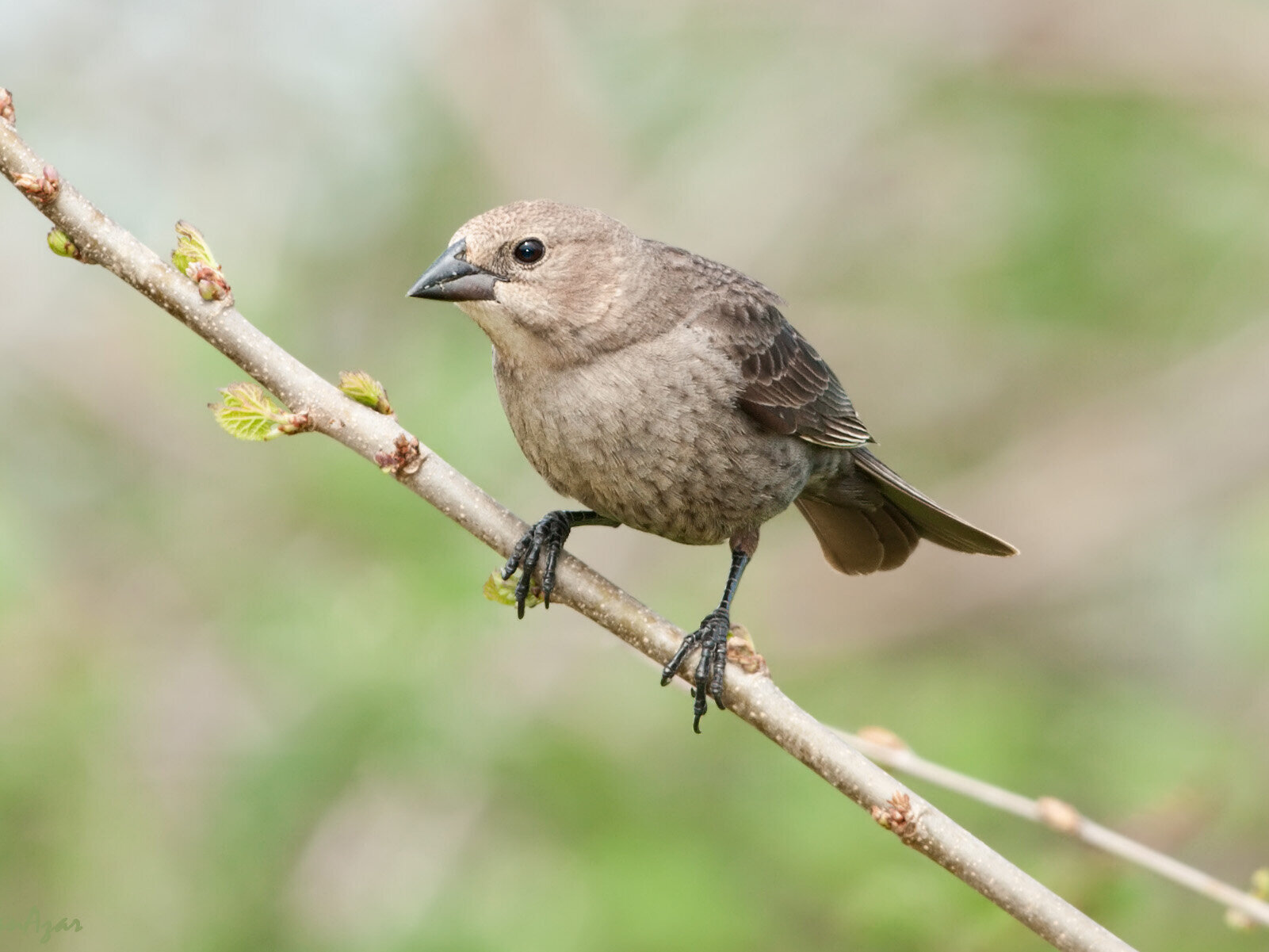Page 2 of 2
Re: Ornithology B/C
Posted: November 28th, 2020, 8:05 am
by snowyowl
1. Vermilion Flycatcher, Tyrannidae, Passeriformes
2. False: only adult birds have pink/red plumage in this species
3. I have no idea! My best guess is that they perform some kind of singing-in-flight type thing
4. Altricial refers to when the young of a species are not fully developed, often lacking eyesight, feathers, and the ability to move/feed for themselves. Like many passerines, this species is altricial.
5. Typically between three to five years
Re: Ornithology B/C
Posted: November 28th, 2020, 3:46 pm
by khtungpalan
This is all correct. Your turn.
Re: Ornithology B/C
Posted: April 2nd, 2021, 5:31 am
by LiliaS

1. Give the common and scientific name of this bird.
2. Provide the gender of this bird. How can you tell?
3. Females of this species need to reach a large calcium requirement. Why is this so? How do they reach it?
4. Provide the dimensions and a description of the eggs laid by a female of this species.
5. Who named this bird? What other bird did this person name on the 2021 National Bird List?
6. Are these birds short or long distance migrants? What is the distance, in miles, that they travel between their wintering grounds and their breeding grounds?
Re: Ornithology B/C
Posted: April 20th, 2021, 7:00 am
by scispork
1. Brown-headed Cowbird, Molothrus ater
2. Female. Females are pale brown all around, while males have a glossy black plumage on their body.
3. They need a large amount of calcium to lay lots of eggs which they get from eating the shells of snails as well as eggshells from nests they have parasitized.
4. 0.7-1.0in long x 0.6-0.7in wide, They are white to grayish-white with brown or gray spots.
5. The name history is kinda confusing, but I'll go with Pieter Boddaert. Red-necked Grebe.
6. Short distance migrant, up to 530 miles
Re: Ornithology B/C
Posted: April 21st, 2021, 3:43 pm
by scispork
1. Name a bird on the 2021 National List with Syndactyl feet.
2. Name a bird on the 2021 National List with Scutellate-Booted tarsi.
3. Which bird on the 2021 National List has the largest heart?
4. How many chambers does an Avian heart have?
5. Name 2 reasons why avian respiratory systems are so efficient.
6. What is the difference in the directionality of airflow between neopulmonic and paleopulmonic parabronchi?
7. Which muscle is responsible for Inspiration of birds? Expiration? What bones are these muscles attached to?
8. What does follice-stimulating hormone (FSH) stimulate the production of? What about Luteinizing hormone (LH)?
9. Name the 3 membranes that surround the embryo of an avian egg.
10. How does Bernoulli's Principle explain, in part, how birds are able to fly?
11. Why are the cervical and lumbar areas of the avian spinal cord generally larger in size than the rest of the spinal cord?
12. What are the four main types of avian mechanoreceptors? Which one is found in the featherless skin of the beak and legs?
13. Define Austral Migration. Are Austral migrations typically shorter or longer than the migrations of birds in North America?
im sorry
Re: Ornithology B/C
Posted: April 24th, 2021, 12:45 pm
by LiliaS
scispork wrote: ↑April 20th, 2021, 7:00 am
1. Brown-headed Cowbird, Molothrus ater
2. Female. Females are pale brown all around, while males have a glossy black plumage on their body.
3. They need a large amount of calcium to lay lots of eggs which they get from eating the shells of snails as well as eggshells from nests they have parasitized.
4. 0.7-1.0in long x 0.6-0.7in wide, They are white to grayish-white with brown or gray spots.
5. The name history is kinda confusing, but I'll go with Pieter Boddaert. Red-necked Grebe.
6. Short distance migrant, up to 530 miles
For 5,
I believe it was William John Swainson, and the other bird he named was the American Dipper.
Besides that, everything else is right, good job!

